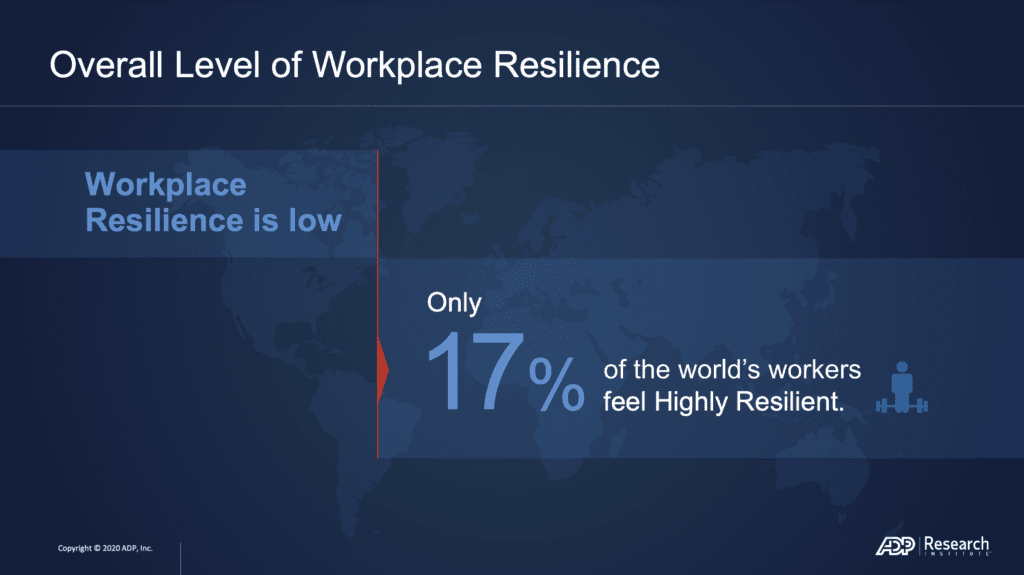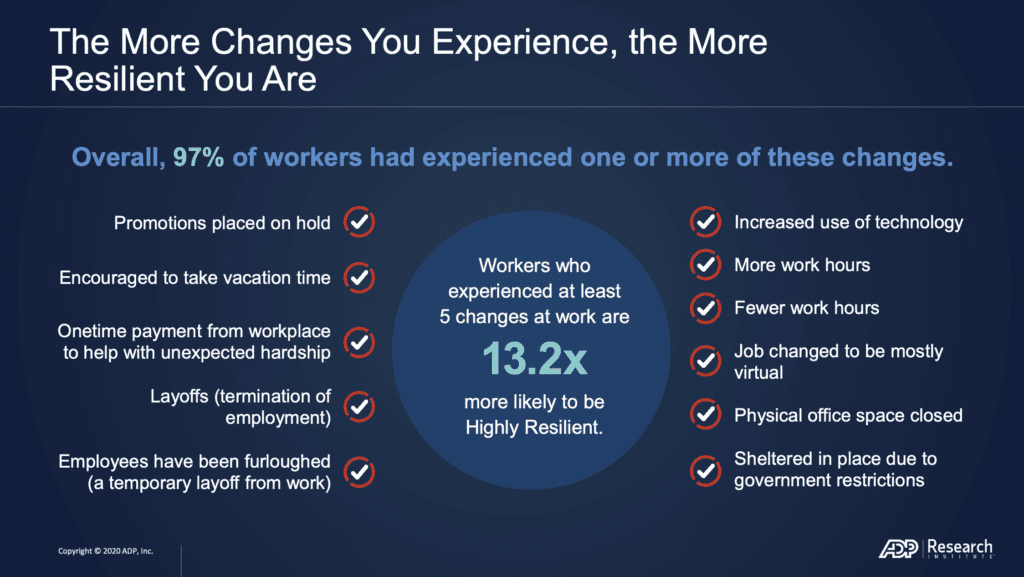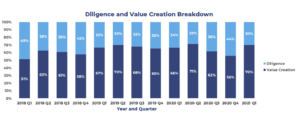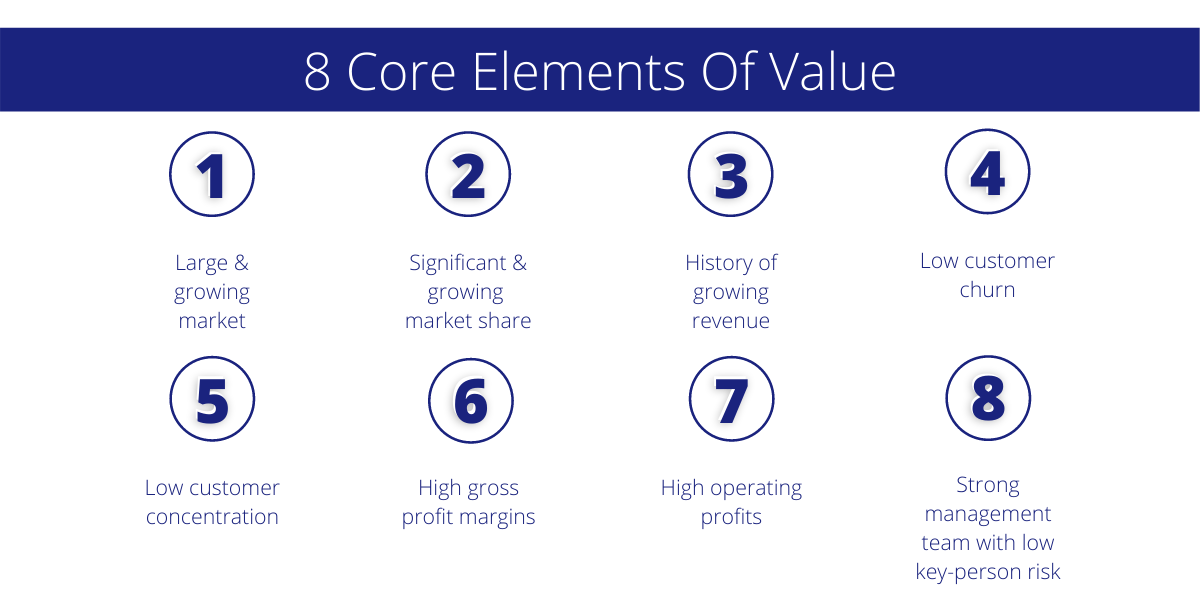What happens when a former New York investment banker and mother of two young children (with a third not far behind) decides to take a “measured risk?” First, she teams up with long-time colleagues John Stewart (no, not this one, this one) and Scot Duncan in Lexington, Kentucky; next, together they decide to build a franchise focused squarely on the middle market; and, certainly not last, in under three years they grow their private equity firm to a team of nearly 40 individuals, raise capital for three funds, and invest in ten companies within the industrial and manufacturing space. Mission accomplished? Hardly. She’s just getting started.
This is all in a day’s work for Lauren Mulholland, founding partner of MiddleGround Capital. Speaking with her was not only enlightening but inspiring, as she and her team have opened the aperture on what’s possible for private equity investment for the “missing middle.”
Katie Marchetti: What was the genesis of MiddleGround Capital, and what circumstances led you to that choice?
Lauren Mulholland: For me personally, it was an opportunity to be a leader of an organization from day one, and to build a team and culture I could be truly excited about—along with partners committed to a common vision. Scot, John, and I had all worked together for nine years and have complementary skill sets, so I had confidence in our collective ability to execute against our plan. Together we had experience across all aspects of the business: sourcing, execution, back office management, and portfolio operations.
In terms of the firm’s vision, we wanted to build a specialized franchise for the middle market. Most private equity firms start in the lower middle market and then move up-market as they raise bigger and bigger funds. But we are taking a different approach and have committed to our investors to keep our first three flagship funds under $700M. This allows us to stay focused on the middle market, where we see substantial opportunities to acquire privately-held businesses ripe for operational improvement
KM: I like to ask this question because it seems like a good way to understand someone’s thinking in short order. So, as an homage to Hemingway, what is your “six-word story”?
LM: Measure risk, but take your opportunities.
KM: What was the most challenging aspect of raising your first fund and getting those first three portfolio companies?
LM: Getting our first institutional investor was a huge milestone, but we closed three deals before we held a final close on the fund, and this fast-tracked the entire process. The more challenging part was wearing multiple hats at any given time and figuring how to be the most effective. One hour I would be focused on sourcing, the next hour fundraising, the next diligence—plus I was hiring people and constantly acquiring more office space, and this is an entirely different aspect of the business.
KM: Speaking of hiring, do you have a professional guiding mantra or principle for “why” you make the choices you do?
LM: I try to hire people that are smarter than I am but also have the right worth ethic. We seek out individuals who are proactive and entrepreneurial but have mastered certain skills. At the end of the day, we are a services firm in service to our Limited Partners, so it’s all about the “right fit” people.
KM: What is technology’s role in what you do, and for the future of PE in general?
LM: Having access to data is extremely important and gives us an edge, and I see this “data first” mindset being adopted industry-wide. As an example, we work with third parties to obtain data to help us prioritize our sourcing initiatives and optimize where we are spending our time. We have also invested in building out a dashboard using Microsoft BI, so we have comparable analytics on all of our portfolio companies available at our fingertips, enabling us to spot trends quicker and make better decisions. For our portcos specifically, we focus on upgrading them along the tech continuum, including helping them understand and embrace automation as the manufacturing industry goes through a transformational shift.
KM: Third-party resources are a substantial part of what you offer your portcos. Any best practices for how to source and engage with third-parties so everyone wins?
LM: We try to engage with key providers for each specific work area. In other words, “right fit experts” who have deep knowledge and functional expertise in a particular resource area. Beyond that, third-party service providers are an extension of our firm, so they have to be willing to understand our approach and our culture. This is where a firm like yours has been valuable, because, much like our approach, you have data that can easily map resources to our specific needs and even geographical areas. Finding these third–parties quickly is also extremely important.
KM: In ten years, where do you see the private equity industry? What has changed, for better or worse?
LM: I think private equity’s reputation needs to change, particularly with an increasing emphasis on ESG that many firms are putting in place. PE has historically been known as a white man’s world that utilizes high leverage to financially engineer a return and doesn’t invest in its companies or people. That story and reputation is an outdated perspective, and while convenient for media narratives and PE detractors, is not the reality.
At MiddleGround, we are working on a project right now to highlight change agents in the industry and bring to life some stories that talk about diversity, sector expertise, investing in businesses, growing jobs, and ESG efforts. My hope is that, as a community, the firms and professionals who share these shifting perspectives will come together and invest in redefining the brand of private equity. After all, if we expect our portfolio companies to continuously invest in themselves and their markets, we must be willing to do the same.



















